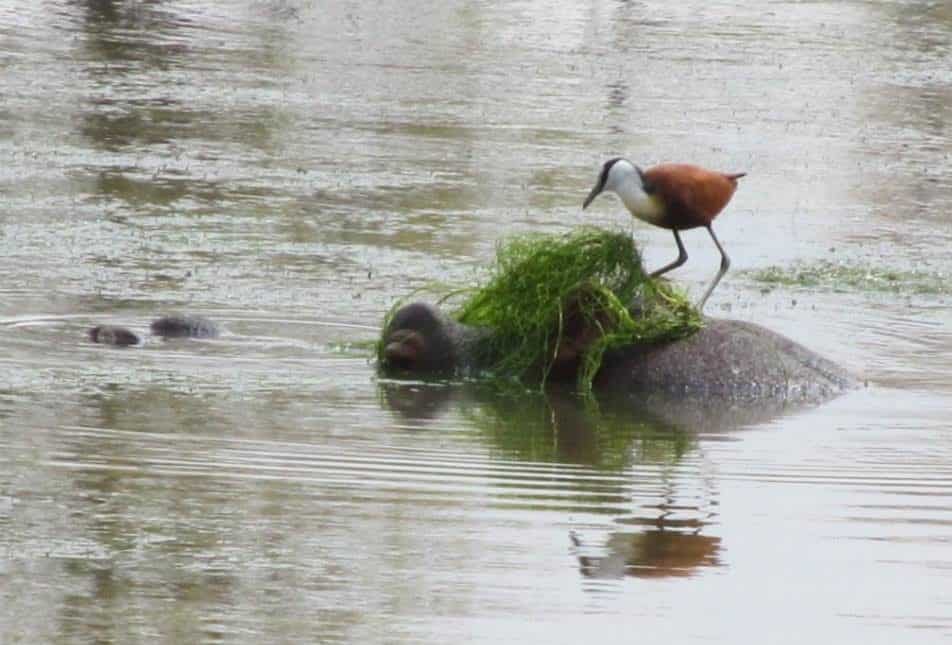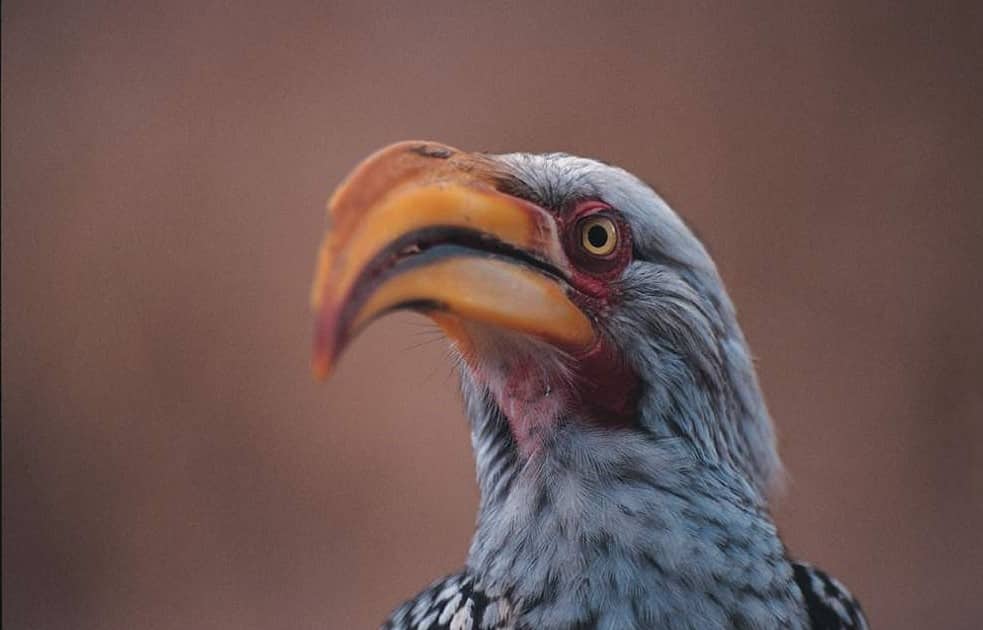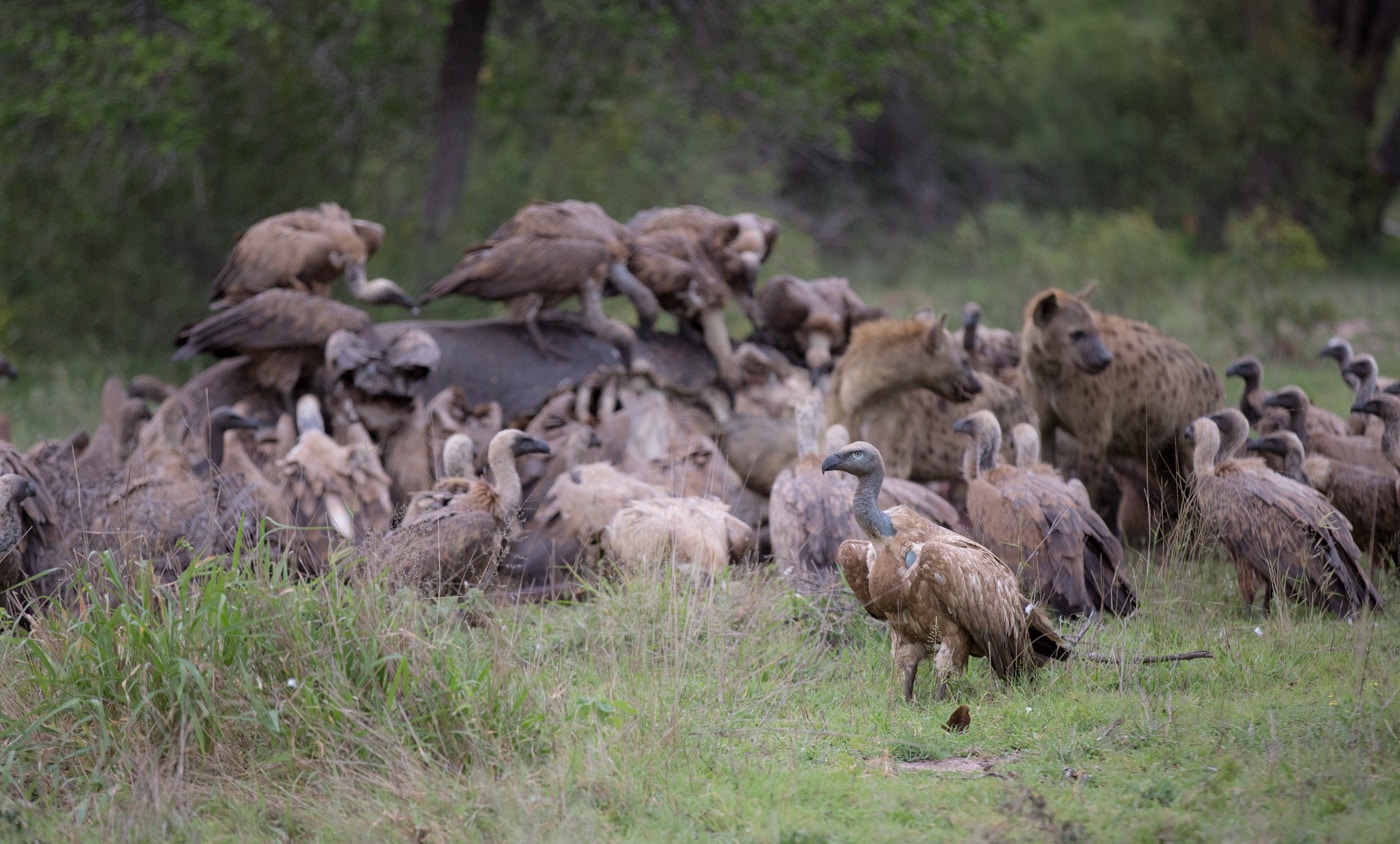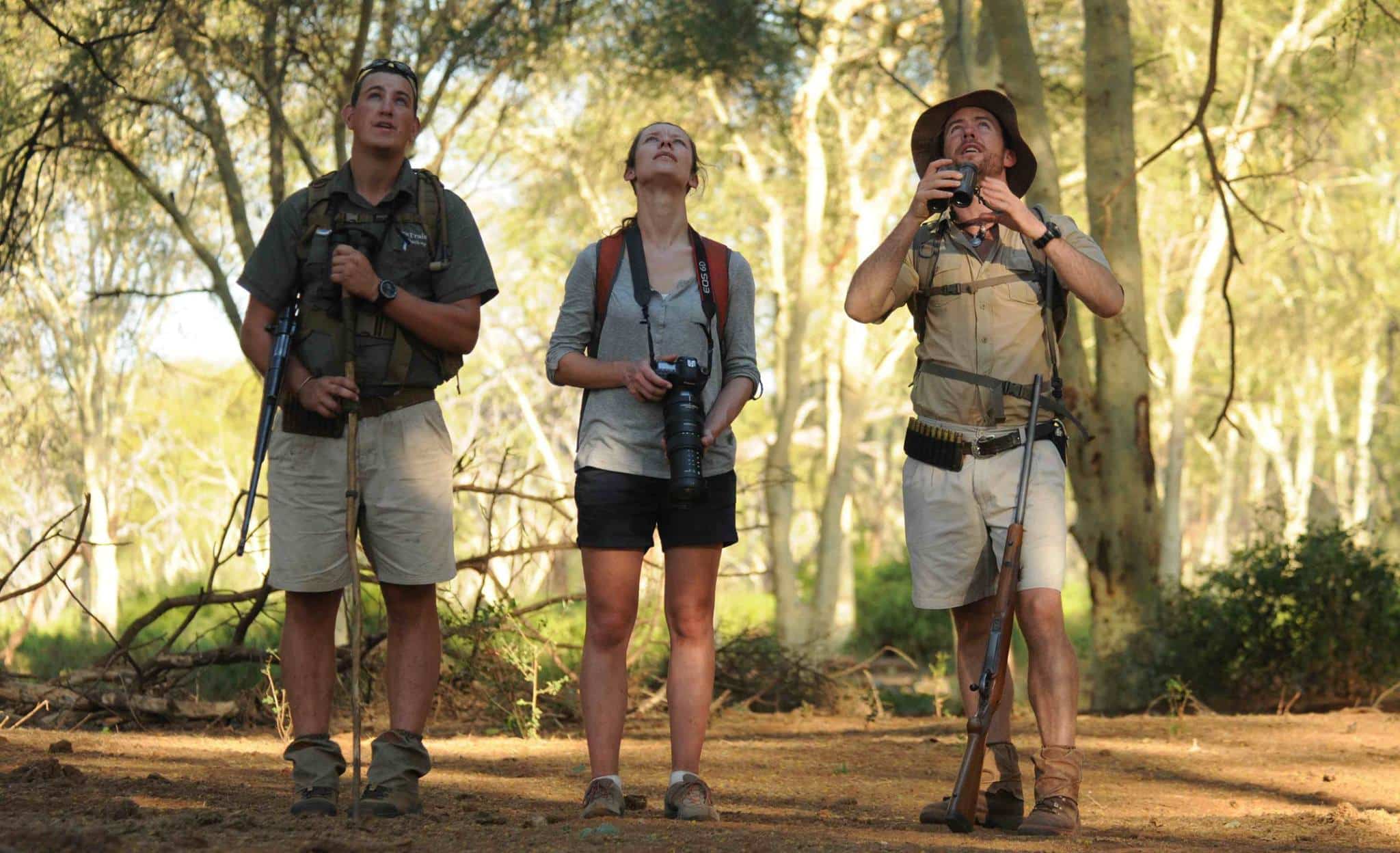Kruger birds & birding lodges

More than five hundred species of birds are found in the Kruger: 253 are residents, 117 non-breeding migrants, and 147 nomads. Kruger is an ornithologist’s paradise, particularly our favourite area, Makuleke in the far north.
Remember to carry some decent binoculars with you.
The best season for birdwatching in the Kruger is October to March, after the spring rains have renewed the vegetation. The peak time for bird numbers is midsummer, December and January. Mind out for the Christmas peak prices and be aware that it can be very hot for comfort during the heat of the day.
The Kruger region boasts a variety of habitats, ranging from moist Bushveld, montane grasslands, riverine woodlands, to mountainous gorges. Water sources are a key factor in the distribution of all species.
We have several favourite areas for birdwatching. The Blyde Canyon in the central Kruger area has Verreaux’s eagle, Taita falcon, Cape vulture. African Jacana are frequently seen around water here, with or without hippos.

The lower Sabie river in the south of the Kruger offers the village weaver, primeval looking southern yellow-billed hornbill, and the elegant African darter.

The sub-tropical Makuleke wilderness in the north hosts many rare species including the Lanner falcon, Pel’s fishing owl, Arnot’s chat, and Meve’s starling.
If you are a newcomer to South Africa you do not have to travel vast distances to find good birding areas. The regional capital Nelspruit has a botanical garden and nature reserve and publishes its own bird-book (275 species) with designated walks which you can take at your own pace in the hope of seeing both the common local species and rarities such as the gorgeous bush shrike and the purple-crested Turaco.
At the other extreme, if you are a dedicated twitcher, you may find the remote village of Wakkerstroom (360 listed species) as hard to track down as the endemic rarities like the blue crane (the national bird of South Africa) and the sentinel rock thrush which are to be seen there.
For most visitors, the public restcamps and the private lodges provide excellent birdwatching opportunities. At most of them there are guides and trackers who are experts on bird-life. They will alert you to the call of the African fish eagle (one of the ‘sounds of Africa’) and can pick out the alarm calls which signify the presence of raptors or predators. You will see and hear more birds on a guided walk than you will ever experience on a game drive (but having said that, the pecking order at a kill is one of the spectacles of nature).

Many lodges are so well sited that you can enjoy excellent birdwatching by sitting tight in the camp to watch what comes by. Or a morning walk in the vicinity can be particularly rewarding.

Roughly half of the 500 or so species of birds found in the Kruger are residents. Of the remainder, about half are Eurasian migrants who arrive in summer when insects and fruits are most plentiful: the rest are migrants from other parts of Africa. A lesser-spotted eagle has been tracked over a four month period on its annual journey from Poland to the Lebombo mountains on the border with Mozambique.
Amur and red-footed falcons are known to arrive from the Russian steppes via Northern India and the Middle East. Their route back to Russia remains a mystery.
If you encounter a flock of red-billed quelea on their regional migration it will be a spectacle you will never forget. They move in flocks of thousands and can strip any cereal crops around you while you watch.

sheldrickfalls
Waders such as greenshank and sandpipers may be seen on passage through the Kruger. If you can identify any of these when seen, you may award yourself an extra drink at sundowners.
The Kruger has its list of “Big Six” birds. They are the lappet-faced vulture, the martial eagle, the Kori bustard, the saddle-backed stork, Pel’s fishing owl, and the southern ground-hornbill. Strangely, Africa’s largest bird, the ostrich, which you could see on a drive in the Kruger, does not appear on this list. Perhaps that is because you may also meet it on your plate at a braai.



